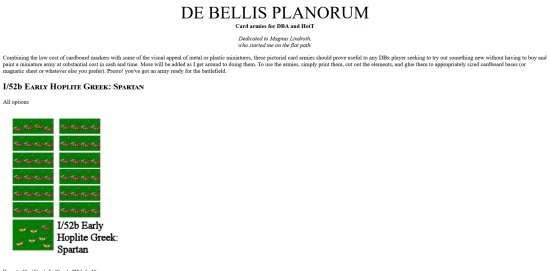
399 pages.
This novel is set in and around the walled citystate of Alu in ancient Mesopotamia. Since Alu seems to be an independent entity, the novel might be set in the Sumerian period. Technology includes sickleswords and horses; terminology includes terms such as lugal (ruler), sarratum (queen), abum (father), and ummum (mother).
The protagonist of this novel is Kammani, Healer's Daughter. Years before, her father failed to heal the lugal's son, and her family as a consequence lost their social status and now live in poverty. Her best friend is Iltana, who is poor but adventurous; Dagan, Farmer's Son, loves her but she is not sure she wants to marry and bear children (her dream is to be a great healer like her father). Her father is a broken man, her mother is dead, her brother was seized to be a palace slave, and her younger sister Nanaea is beautiful but not practical.
Her life changes when Nanaea is selected as one of three gravemaidens. Lugal Marus is dying, and the tradition is that three beautiful maidens must be selected to accompany him to the Netherworld. Most see this as an honor, to become a queen in the afterlife, but Kammani sees this as merely death for her 15-year-old sister. She will do whatever it takes to save Nanaea, even if Nanaea doesn't want any help!
Can Kammani's father save the lugal's life, thus restoring the family's status? What is the malady which is killing the lugal? Can Kammani defeat the Boatman, the mythical figure who claims the dead, from taking her sister?
This novel is intended for a teen audience, and most of the characters are teenage. However, in an ancient setting, teens were considered adults. While it seems disconcerting for a modern reader when a mid-teen girl is described as 'womanly', I believe that would be historically accurate. The author mostly avoids anachronistic terms, but does not always succeed – at one point, she goes around the moon to avoid using the term 'allergy', then on the same page is discussing a patient's 'intake' of food.
I found the novel to get off to a slow start. I thought the character's speech was stilted, the romance was overheated, and I was worried the author was flogging the concept of the protagonist as some kind of ancient women's rights advocate. Fortunately, the novel eventually found its legs, and introduced a number of interesting characters and situations. The novel veers at times from desperate struggle against powerful rulers, to a murder mystery, to ancient CSI, to McGyver with a satchel of potent herbs, but it comes to a satisfying conclusion.
Note that the novel sets things up for a sequel.
One question I had was whether ancient Sumerian citystates actually had the concept of a healer (doctor) as separate from a shaman or priest. In this novel, while characters are shown as respectful of deity, the priests have a very minor role.
I also felt the level of violence was inappropriate in what is basically an adventure novel, especially one intended for teens. I understand the author is trying to illustrate the cruelty of a villainous character, but I found that particular scene distasteful. However, there is no bad language, and while the villains act villainous towards women, nothing sexual is described in detail other than kissing.
Can you game it? While there are a number of scenes involving the palace guards and their sickleswords, there is nothing that could be wargamed. However, the book may be of interest for those gaming in the Sumerian period.
Despite my objections, I did like the novel, and look forward to reading the sequel.
Reviewed by ![]() Editor in Chief Bill
Editor in Chief Bill ![]()
![]() .
.










